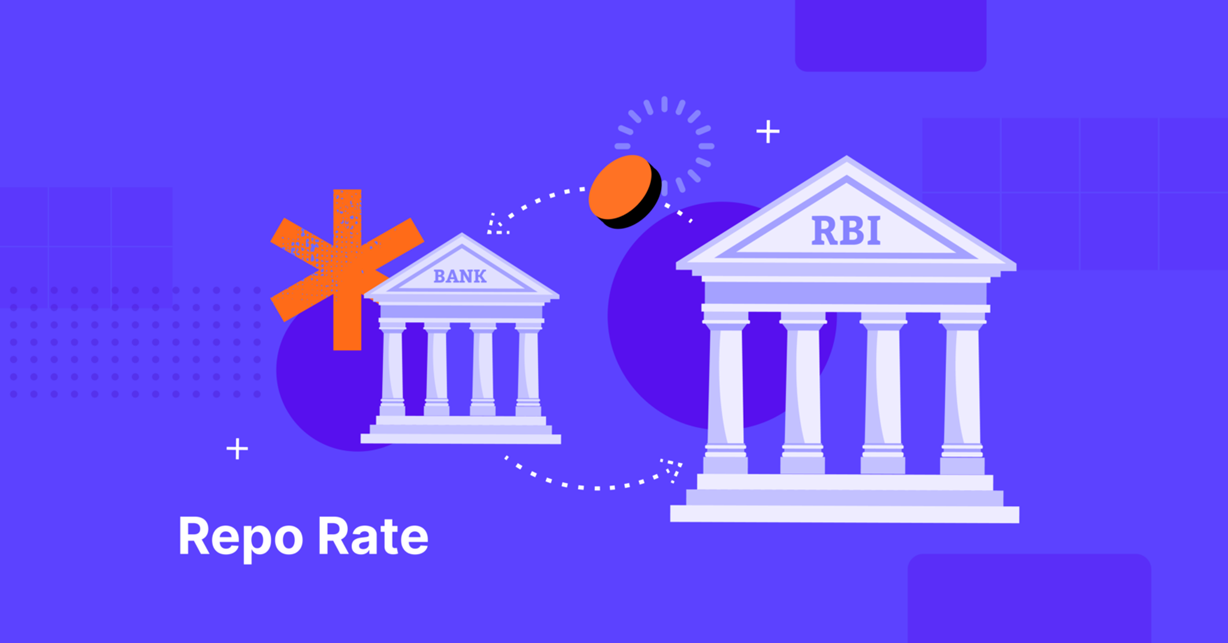In the last bi-monthly monetary policy change, RBI has kept the repo rates unchanged for the third time. This comes after eight straight cuts in the rates since February 2019, in the government’s attempt to stabilise the fiscal deficit and promote economic growth.
Changes in the repo rate directly impact big-ticket credit options like home loans. As such, the increase or decrease in current repo rate affects both existing and new borrowers. It may also decrease or increase the monthly outgo to a financial institution.
Hence, individuals must know how these are interconnected to understand the resulting impact better.
Impact of current repo rate on a home loan
From October 2019, lending institutions are mandated to link new floating rate retail loans to an external benchmark, indicated in the circular. For example, new home loans can be linked to the government’s 3 or 6-month treasury yield, repo rate, etc. Apart from secured loans, this rule is applicable for other credit products as well.
Thus, financial institutions offering home loans to borrowers utilise the following standard formula:
RLLR based interest rate = RBI current repo rate + Margin charged by lending institutions
For the same lender, floating interest rates are usually 1-2.5% lower than fixed interest rates. This lower interest rate directly results in saving money on a month-to-month basis as the overall loan cost is reduced.
Repo rates directly affect home loans and other similar loans. If and when RBI decreases the lending rate, financial institutes might see additional loan applications since borrowers will be looking to take advantage of low-interest rates.
If a lender adjusts margin following the repo rate cut, the borrower’s monthly EMI outgo will be reduced, thereby facilitating easy loan repayment. Individuals can also approach financial institutions with a request for a higher loan amount or better terms of repayment.
Additionally Read: Top Factors that Can Increase your Home Loan Eligibility
How does RBI use the repo rate?
Repo or repurchase rate refers to the interest rate at which the central regulating authority, i.e. RBI, lends money to licensed financial institutions for short-term loans required for commercial or regulatory purposes. Notably, after multiple cuts, the current repo rate in India stands at 4%.
The RBI uses repo rate as an essential financial tool to monitor inflation and stabilise liquidity in the country’s economy. The pointers below help gain an idea as to how repo rate changes affect cash flow-
-
During inflation
Via monetary policy changes, RBI increases the repo rates during inflation to regulate financial institutions’ borrowing capacity. In effect, this decreases the supply of money in the economy and keeps inflation in check.
-
During a recession
Alternatively, RBI lowers the repo rate during economic instability to increase market liquidity. This encourages individuals and corporations to borrow funds, like home loans from financial institutions at lower costs. In turn, it boosts investments in various sectors of the economy.
Additionally, availing of a home loan also comes with several tax benefits that can encourage individuals to approach lenders and increase capital movement.
Certain HFCs also extend lucrative pre-approved offers that expedite the loan application process as it requires a simple documentation process. These offers are available on products like home loans and loans against property. You can check your pre-approved offer using a few essential details like name and contact details.
Prospective homebuyers should know how to choose between floating and fixed interest rates. They may also consider using a repo linked EMI calculator for home loan to understand how different interest types and tenors influence their monthly instalments and plan their repayment accordingly.
